Tips for Growing Succulents
In this Post We'll Cover:

When you are passionate about succulents, there is so much to learn! But when you’re brand new to these chubby plants, the information can be overwhelming. So I created my very first infographic — 7 Tips for Succulent Beginners! These are the succulent care tips you need to ensure your succulents will be healthy and happy, whether you’re growing your very first one, or you’re on your 101st! While I designed this as succulent tips for beginners, it won’t hurt experienced growers to have a review. So let’s take a look at my top tips for growing succulents!
{Please note, some links in this post may be affiliate links to sites that pay me a small commission if you click on the link and make a purchase. This commission is at absolutely no cost to you. I only recommend products and companies that I have worked with and truly love! ~Kat}
<– Click the succulent care tips infographic, then click the magnifying glass icon for the best view!
Then, come back to read the rest of the post! 🙂
Tip 1 — Succulent Soil
My first succulent care tip is to use fast-draining succulent soil. Yes, getting the watering right is the single most important concern for healthy, happy succulents. But you cannot water correctly unless you start with fast-draining soil.
Do not assume the soil your plant is already growing in is a good choice for succulents. Often, it is too water-retentive. I have curated a list of some excellent pre-packaged succulent soil mixes as well as pumice and coco coir for making your own! And if you need to improve the drainage even more, just add more pumice!
Tip 2 – Choose a Pot
Choosing a pot that’s the right size for your plants and that has good drainage is an important succulent tip for beginners. Too often, beginners choose a pot that is far too large for the succulent(or group of succulents) they plant. The reason this is a problem is that there is a lot of soil that has no roots reaching into it and using the water that it holds. All that excess soil holds water, risking root rot. Instead, choose a pot that is a thumb’s width larger than the plants(s) you will plant in it.
Another reason pot choice ranks so high on a list of succulent care tips is planning ahead. As much as I love the urn shape of a pot (where the pot slopes up and out from a narrow base and then curves inward toward the opening), it makes transplanting very traumatic for the plant down the road. When the pot fills with roots, you’ll find it nearly impossible to re-pot without cutting into the roots or breaking the pot. Instead, choose a pot with a V or a U shape. And terracotta or unglazed ceramic is the ideal material because it allows the pot and the soil in it to “breathe.”
Tip 3 – Water When Dry
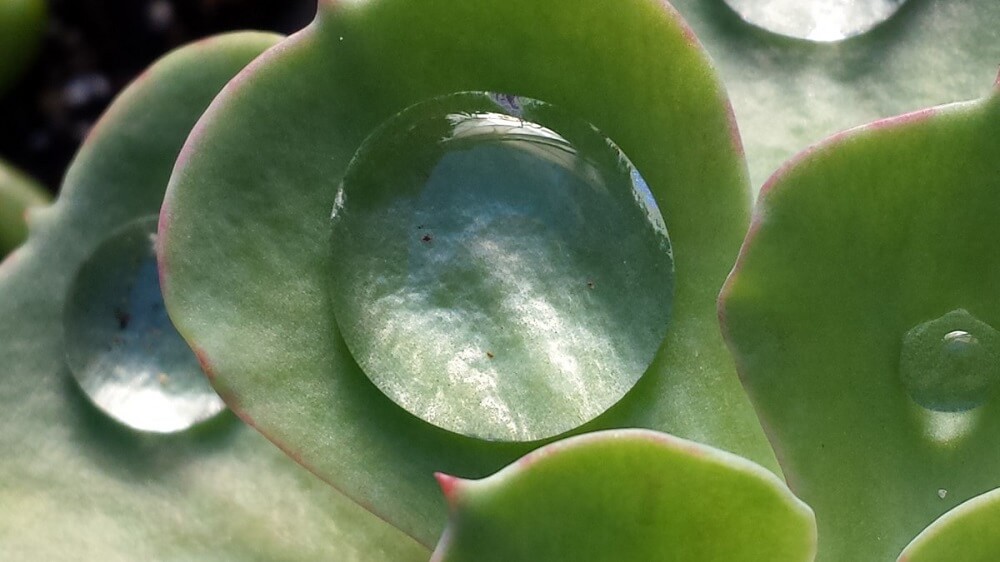
Watering succulents correctly is the single most important facet of succulent care. Once you have a pot that’s the right size for your plant(s) and you fill it with fast-draining soil, it’s time to focus on water. Water only when the soil is dry, and water thoroughly when you do. I call this a “drought then drench” cycle. This mimics the way succulents are “watered” in their native habitat. Rainfall happens seldom where most succulents evolved, but when it does, it comes in torrents. Succulent roots are geared to grab ahold of that precious moisture quickly before it drains away. This is a highly effective adaptation in their native conditions, but it makes over-watering particularly deadly for succulents.
Remember — it takes a succulent weeks to months to die of under-watering. Yet over-watering can kill within days. So, my biggest, best succulent care tip for beginners is this: When in doubt, DON’T water! 🙂 And when you transplant a succulent into dry soil, wait 3-5 days before watering. This allows bruised or broken roots to heal before they must take in water.
Tip 4 — Lighting
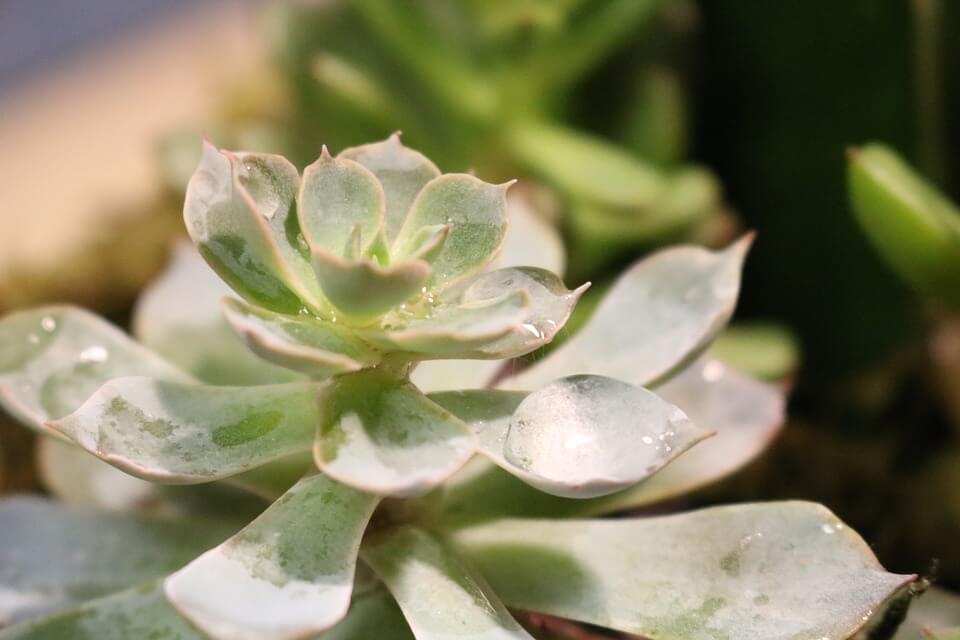
Some succulents need full, direct sun all day long. Others do better growing in shadier spots. But all succulents need light in order to thrive. Getting the lighting right is an important part of succulent care. If you know the name of your succulent, provide the lighting its care information calls for. But so often, we need to try to identify plants just labeled as “succulents.” Getting the lighting right for these can be tricky.
This is an important succulent care tip for beginners and experienced growers alike! Unless you know for certain your succulent can grow well indoors, assume it must be grown outdoors. Most commercially grown succulents are grown under shade-cloth (35% – 75% density), which provides ideal conditions for succulents outdoors. It gives the plant the light it needs to stay compact and not stretch, but it also protects against succulent sunburn. However, plants grown this way cannot go straight into direct sun without burning! If you have or can get shade cloth, your problems are solved! Set the succulents outdoors under the shade cloth, and they will thrive. Otherwise, follow the steps below.
Start with bright, indirect light outdoors, and watch how your plant responds. Do the leaves begin to close up over the day, or do they open up much wider? When a succulent seems to close its leaves, it is getting a bit more light than it can comfortably handle. It has not yet built up the protective pigments to withstand so much sunlight. It tilts it’s leaves upward so each leaf shades the next as the plant protects itself from so much sun. If the leaves open up wide and tip down, the plant needs more sunshine and is moving to expose the maximum surface area of each leaf to the available light. So start in bright, indirect light, then watch how the succulent responds. Then, adjust it’s lighting accordingly.
Tip 5 – Worm Castings
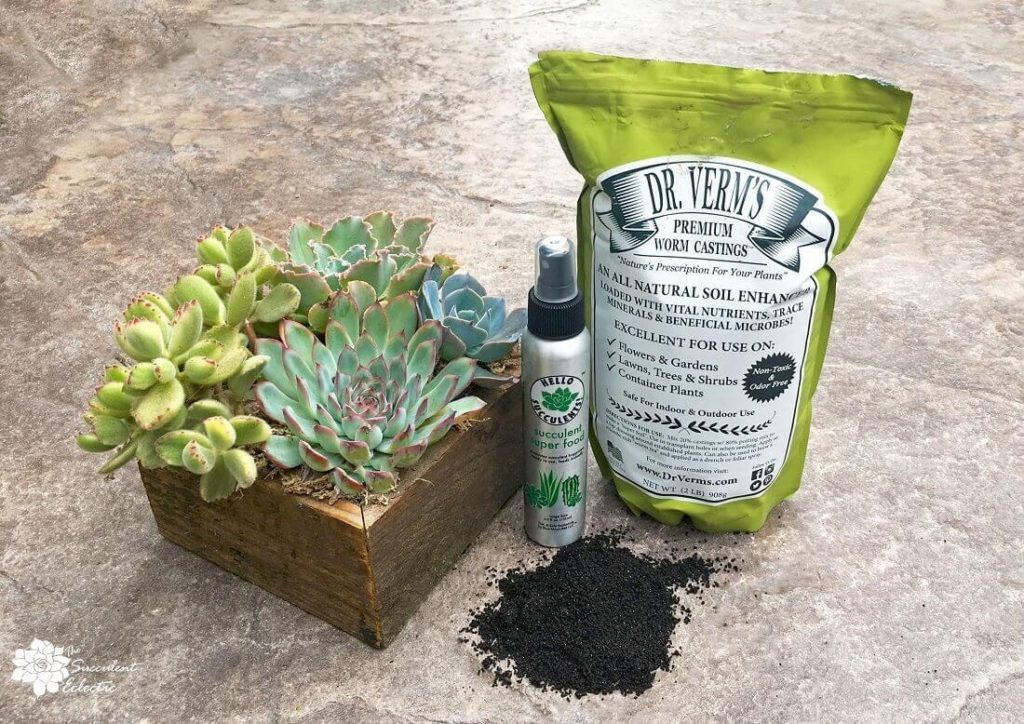
Number 5 of my succulent care tips for beginners is to use worm castings. Worm castings are the droppings from earthworms, and they are black gold for gardeners! They’re an ideal organic fertilizer, but the reason they made my top 7 tips is that worm castings protect your succulents from insects. Worm castings are rich in chitinase, an enzyme that dissolves the exoskeleton of insects, killing off the insects that prey on succulents or other plants, including mealy bugs, scale, thrips, aphids and even the dreaded agave snout weevil. Water activates the chitinase, protecting your plants.
Prevent insect damage and feed your succulents at the same time with worm castings. I mix in about 2 tablespoons of worm castings into the soil for a 4-inch pot, 3 tablespoons for a 6-inch pot, and so on. For established plants, top dress the soil with the same amount of worm castings and then cover it with a 1/3″ layer of inorganic top-dressing to keep it in place. Every time you water, the plant absorbs more worm castings. The chitinase travels up the stem throughout the entire plant. Insects smell the enzyme and avoid the plant as deadly to them.
Plan to apply the worm castings every six months. Mix them into the soil when you plant the succulents, then apply as a top dressing every six months thereafter. Spring and fall applications are ideal.
Tip 6 – Propagation
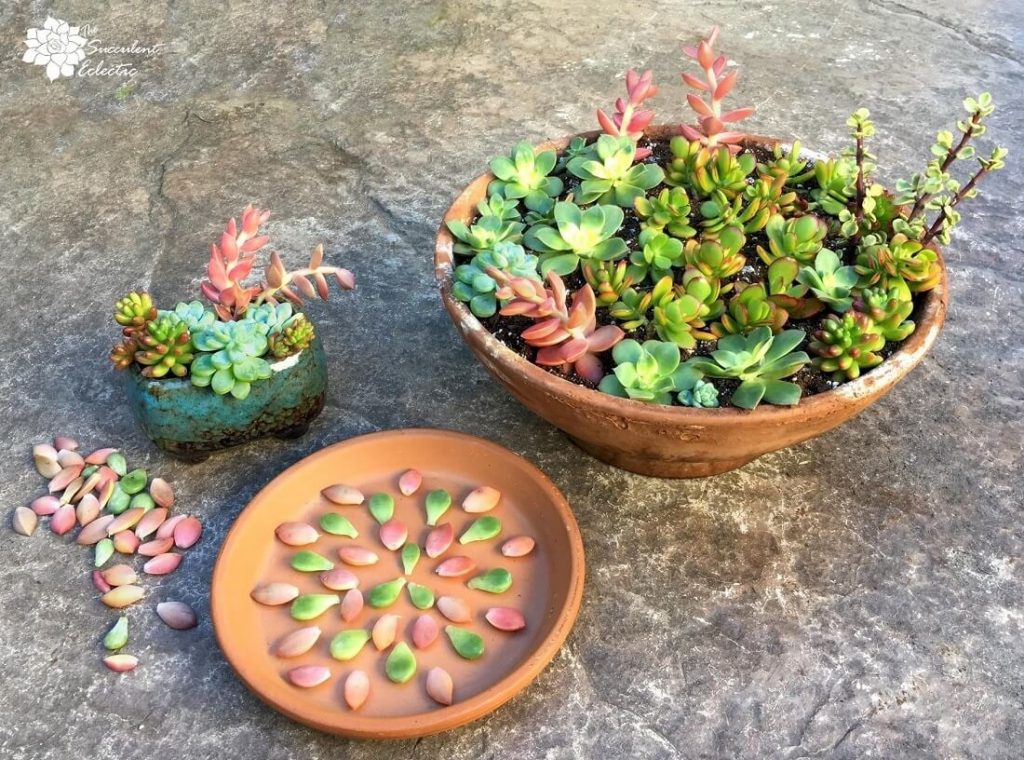
When you work with succulents, now and then a few leaves will pop off or a stem may break. Don’t stress about that! Many succulents can grow an entire new plant from a single fallen leaf or broken branch. It is a survival mechanism that turns an injury caused by a passing herbivore or a windy day into a chance to reproduce. Gardeners take advantage of this mechanism to create more plants, growing their collection for free! This is the essence of propagation. Propagating succulents takes several forms. Some succulents can be divided. Many succulents can be propagated by individual leaves and most will propagate by stem cuttings.
When you have just a single succulent and no plans to ever get more, (good luck with that!) you don’t need to worry about propagation. So why include it among my top succulent care tips for beginners? Because most of us find these little guys to be quite addictive, and every mistake made with their care is another opportunity to propagate and try again! Succulents are so forgiving this way. You’ll also find many succulent crafts and DIYs that use cuttings. You may even decide to share your cuttings with neighbors or to participate in a succulent swap in your community or on my new Facebook group for succulent-lovers. We’d love to have you join us!
Tip 7 – Succulent Choice
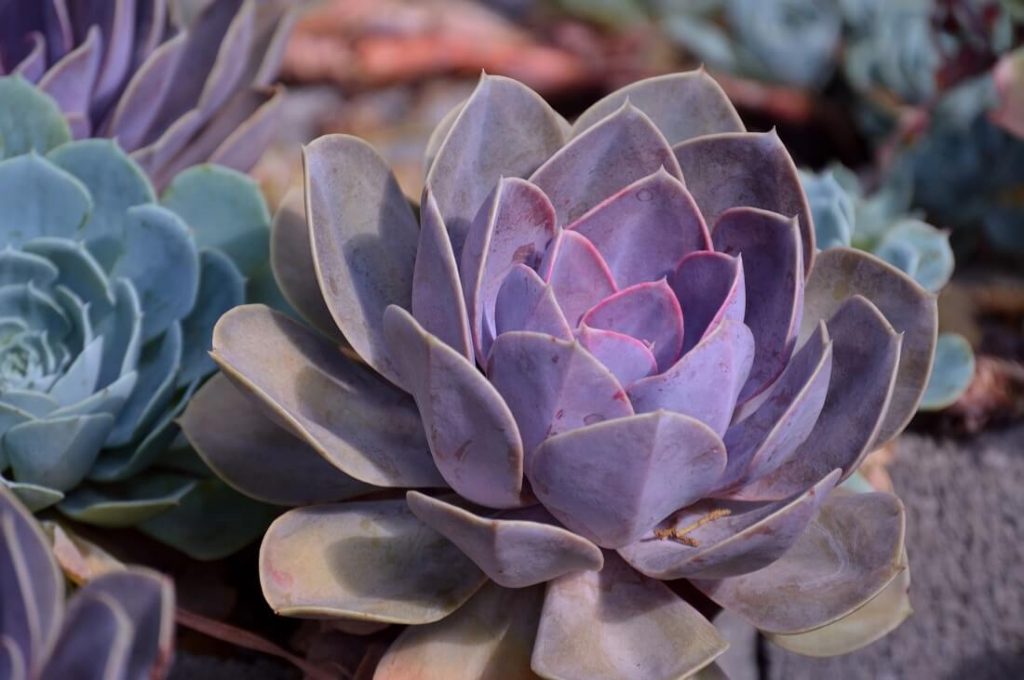
My final succulent care tip is to select your succulent to suit the location where it will grow. Some succulents grow well indoors. They should not be planted outdoors in full sun. Those that need full sun will not be happy indoors or in shade. Some succulents are cold hardy to temperatures well below zero, but most will die if they freeze. Leaving a frost-tender succulent outdoors in the snow will mean a fast death for the plant.
Second only to having their succulents die from over-watering, most beginners trip up on suiting the succulent to the location. If you have the name of the succulent and its care needs — follow them! If you just have the name, look up the proper lighting online. If you have neither, start with bright, indirect light as above and assume you’ll need to bring it indoors for the winter. And if you have any questions or just want to share, join us in my Facebook group for succulent-lovers!
Succulent Care Tips Frequently Asked Questions (FAQs)
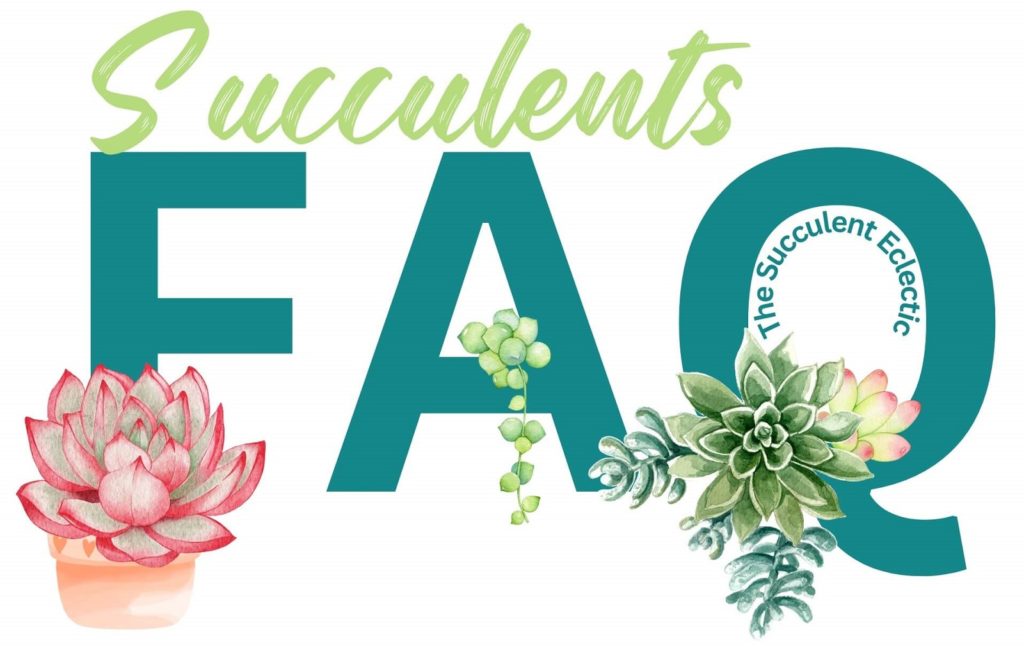
How often do you water succulents?
Beginners in succulent growing always want to know how often to water succulents. The less-than-satisfying answer is “as often as they need it.” This is because different succulent varieties can have very different watering needs depending upon their growing conditions. The simplest guide to watering succulents is to water only when the soil is dry.
Do succulents need direct sunlight?
While succulents need a great deal of light in order to thrive, some varieties prefer bright, diffused light rather than direct. If you do not know the specific name of the plant and have access to its specific care needs, you can learn to judge how much light a succulent needs by how it grows. If a succulent is getting too much light, it closes up protectively. If it needs more light, the leaves point down, and the stems and leaves begin to stretch.
Do succulents need big pots?
Planting succulents in pots that are too large for them is a common mistake beginners make. Lots of empty soil with no roots growing through it holds water, risking root rot. Instead, choose a pot that is just a thumb’s width larger than the succulent or group of succulents you are planting.
Putting Succulent Care Tips Into Practice
There you have my top 7 succulent care tips for beginners! I know it may seem like there is so much to learn! But you can get started today — and it doesn’t take much. Start with just a single succulent, and start from the top with fast-draining succulent soil. Then, take each tip in turn. Soon, you’ll be amazed both at your healthy, beautiful plants AND at how quickly you learn to meet their needs!
I’d love to hear what you think of my first-ever infographic. Was this helpful? Do you have a topic you’d like to see done in an infographic form? If so, please leave me a comment and let me know! I have a few in the planning stages, but I’d love to hear what you think.
Stay safe, stay sane, and grow succulents!

P.S. For more succulent care information, please subscribe to The Succulent Eclectic! I’ll send you my FREE e-course, 7 Steps to Succulent Success!
![You are currently viewing 7 Simple Succulent Care Tips for Beginners [Infographic]](https://thesucculenteclectic.com/wp-content/uploads/2020/09/7-TIPS-FOR-succulent-beginnersjpg.jpg)
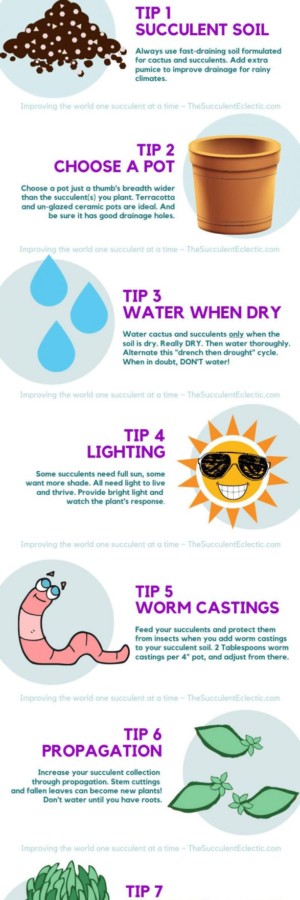

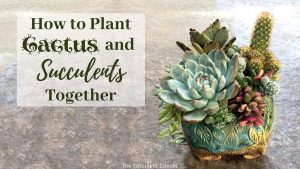
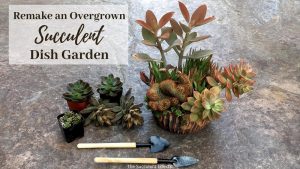
Hi, how often do you use worm castings? Thank you in advance. Margie
Hi Margie,
Great question!
If you do not have an insect problem, I recommend adding worm castings to the soil twice a year. When you plant your succulent, mix the worm castings into the soil. After it is planted, add the wormcastings as a top dressing every six months. Applications int he spring and fall is ideal.
I’ll have to update the post with this info! Thanks! 🙂
~Kat